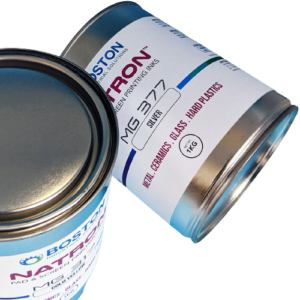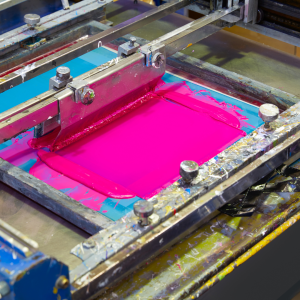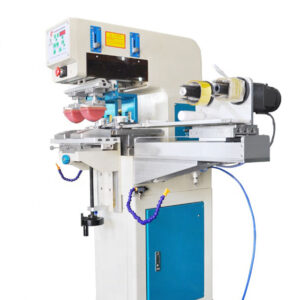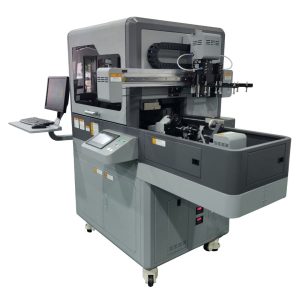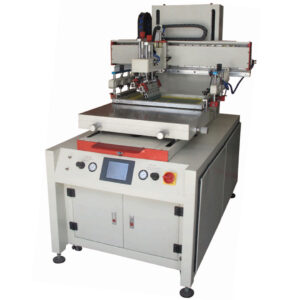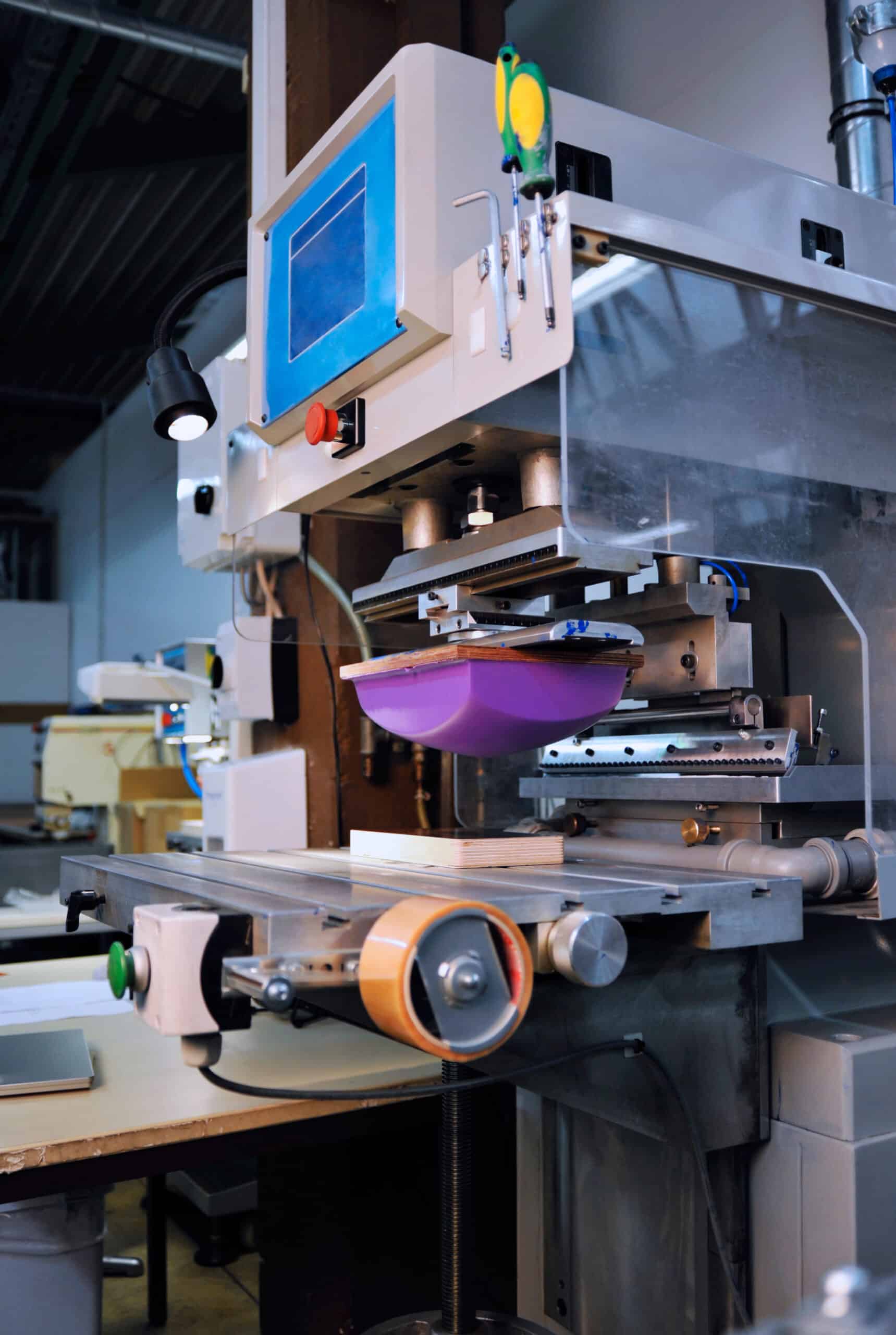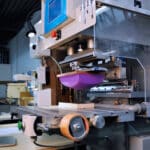Tampo printing, also known as pad printing or tampography, is a printing process where a silicone pad picks up ink from an etched plate (cliché) and transfers it onto an object. This pricing process utilizes a tampo printing machine (pad printing machine) and several pad printing supplies. These printing supplies include:
- pad printing ink,
- a silicone pad for printing,
- The ink cup is equipped with an ink cup ring.
- a pad printing plate.
Additional consumables include solvent, ink hardener (for two-component inks), and mixing supplies.
For industries that print on oddly shaped 3D objects, tampo printing is the preferred method over inkjet and screen printing. Additionally, pad printing is excellent for printing on textured surfaces. The silicone pad does an excellent job pushing ink through the textured surfaces. Flexibility is one of the biggest advantages of the silicone pad. This feature enables the pad to transfer the printing ink effectively. Lastly, the pad comes into contact with the surface, enabling it to deposit the ink in the right place, including deep grooves.
The invention of silicone in the early 1970s gave rise to the silicone tampon for printing. Unlike other rubber materials, silicone has a low surface energy, which allows for excellent ink pick-up and transfer. Furthermore, silicone is more durable, resistant to solvents, and flexible than other rubber materials.
Tampo print process.
During printing, an ink cup moves over an etched plate and floods the etch with ink. The ink cup also cleans up any excess ink, leaving the right amount of ink on the etch. The silicone pad presses on the image, then picks up the ink. Right after picking up, the solvent in the ink flushes out. This causes the ink to become sticky when it comes into contact with the air. The pad then presses directly onto the object. The sticky side of the ink adheres to the object. The ink film remains on the object as the pad moves upwards. This is the image transfer process from plate to piece during tampo printing.
This printing process uses a variety of inks. These include silicone inks, solvent-based pad printing inks, and UV pad printing inks.
The analogy of this printing process
When thinking about pad printing, picture a rubber stamp. It is the same process of transferring ink from the pad to a paper surface using a rubber stamp. In tampo printing, we etch the design on a printing plate. The ink cup deposits ink on this etch, and then the silicone pad serves as the transfer pad for the image. Have more questions: Here are pad printing faqs
Printing applications
Tampo printing has a wide range of applications. Some of the printing applications include toys, promotional products, medical devices, pens, glass printing, automotive parts, and so on. The next time you observe a cosmetic packaging container without a paper label, understand that this printing process is responsible for the marking.
To learn more about the latest printing technologies, please subscribe to our YouTube channel. If you have any questions, please contact us or visit our support hub.


